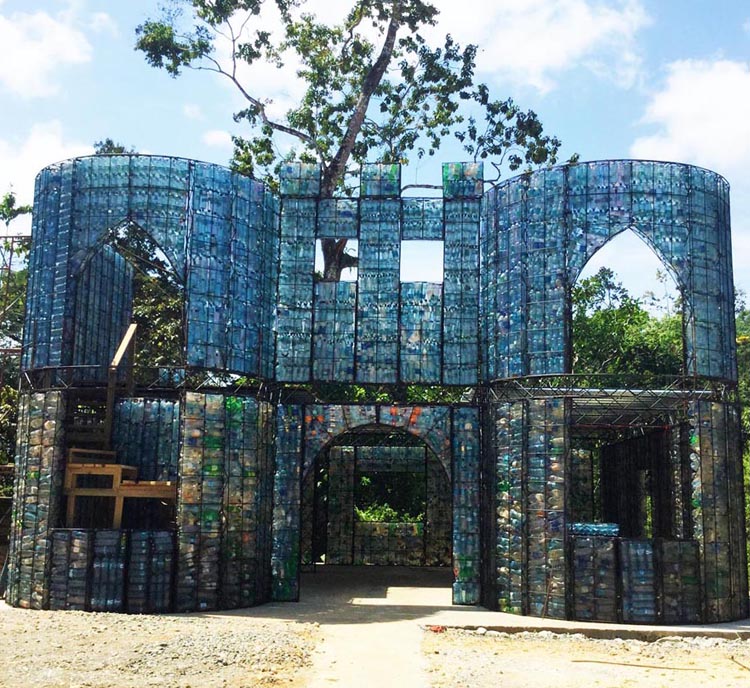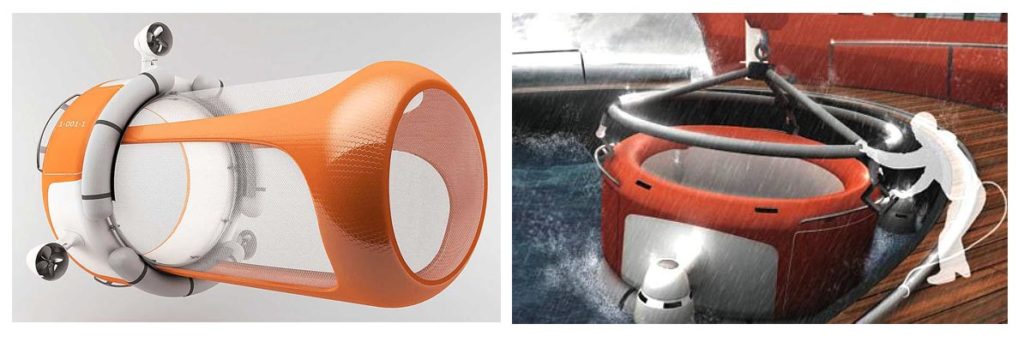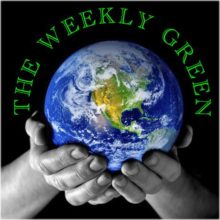CO2 at 400 PPM
For the first time in recorded history, the atmospheric concentrations of carbon-dioxide, the primary greenhouse gas, exceeds 400 parts per million. In 1960, the concentration was about 315 parts per million globally. CO2 is absorbed by vegetation, so in summer concentrations drop in the tree-rich Northern Hemisphere, but in winter when the trees lose their leaves, the count goes up again. Things are worse in the Southern Hemisphere, where El Nino, a warm-air current driven by warming of the oceans, has caused wide-spread drought, resulting in a decreased capacity of trees, other plants and the ocean itself to absorb CO2.
This is a set-back for the Paris accords, which aims to keep global warming under 2º Celsius. In the Netherlands, which is struggling to meet the requirements of the Paris accords, the Forest Service has proposed to increase the amount of forested surface area from 11% to 25%. This has not gone over well with the farmers, who already have to cultivate their crops with maximum efficiency because of the dearth of farmland in this tiny water-rich country. They argue that CO2 is absorbed by food crops as well and research has begun into ways of making those do so with an efficacy comparable to that of trees.
PLASTIC CITIES
Coca-Cola introduced the plastic bottle in 1978; on average, each person born after 1978 who lives to be 80 years old will leave some 14,000 of them behind. Plastic does not decompose, because its molecular bonds are incredibly strong. It just desintegrates into smaller pieces of plastic, ultimately becoming granular, like plastic sand. Fish, birds, other animals and problably we ourselves too ingest these particles to the detriment of their health.
Also, all that plastic waste blemishes the natural beauty of the landscape, beauty such as that of the lush little island of Colón, in the Panamese province of Bocas Del Toro. Hundreds of thousand of tourists visit it annually, leaving behind a good chunk of money and a lot of – you guessed it – plastic bottles. It got to be too much for islander Robert Bezeau to see the island despoiled in this way and he came up with a solution: using the bottles for building houses. Robert, originally from Canada, founded the Plastic Bottle Village in 2012. His organization collected one million bottles in the span of 18 months and started building what will ultimately be a community of 120 homes and retail stores.
The first single-story 2-bedroom home, built in 2015, reused 10,000 bottles and a regular family home will absorb some 14,000. The bottles are enmeshed in steel wiring and then covered in a concrete mix. The structure has other benefits besides the environmental ones: it turns out that the bottles provide excellent insulation, so that the inside temperature can be as much as 62º Fahrenheit lower than the outside temperature. They give flexibility to the walls to make them earthquake resistant. And construction takes much less time than with traditional materials.

Robert is trying to convince bottling companies to make their bottles rectangular instead of round, which would facilitate construction even more.
PLASTIC-EATING DRONE
Elie Ahovi, an industrial designer living in Lille in France, has come up with a novel approach to removing plastic waste from the oceans. His invention, the Marine Drone, is derived from the Whale Shark, the biggest fish on earth, which roams the high seas with its huge mouth wide agape to collect plankton. Similarly, the Marine Drone roams the oceans devouring plastic and other debris on a battery charge lasting two weeks. Its digestive system consists of a net to collect the waste, which is emptied at sea or when it returns to home base to recharge. The drone is equipped with a buoyancy system to compensate for the weight of the net and with a speaker emitting a high-pitched tone to keep the fish away from its maw. The invention is the result of a challenge from the environmental services company Veolia to come up with a solution for the Great Pacific Garbage Patch.

(Broadcast 4:25)

